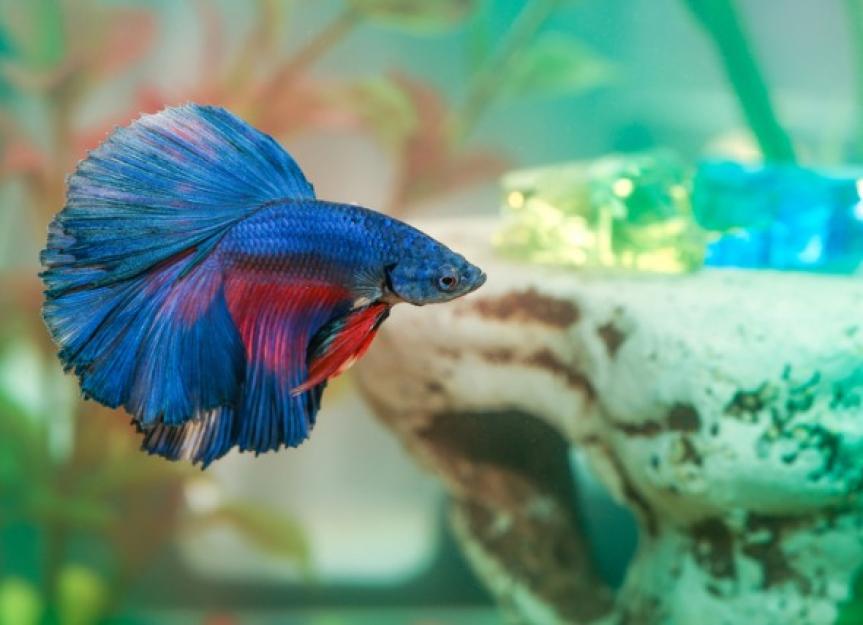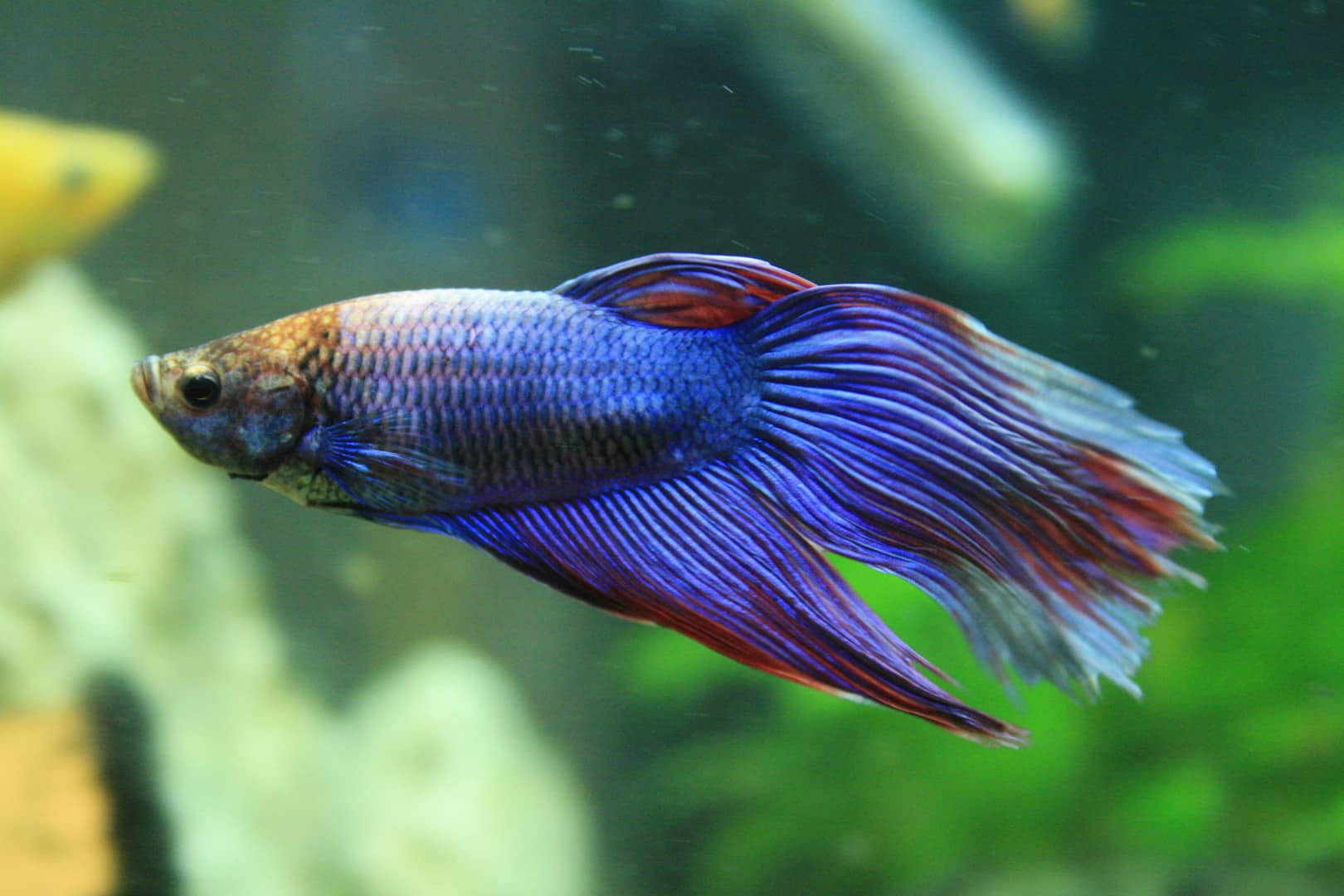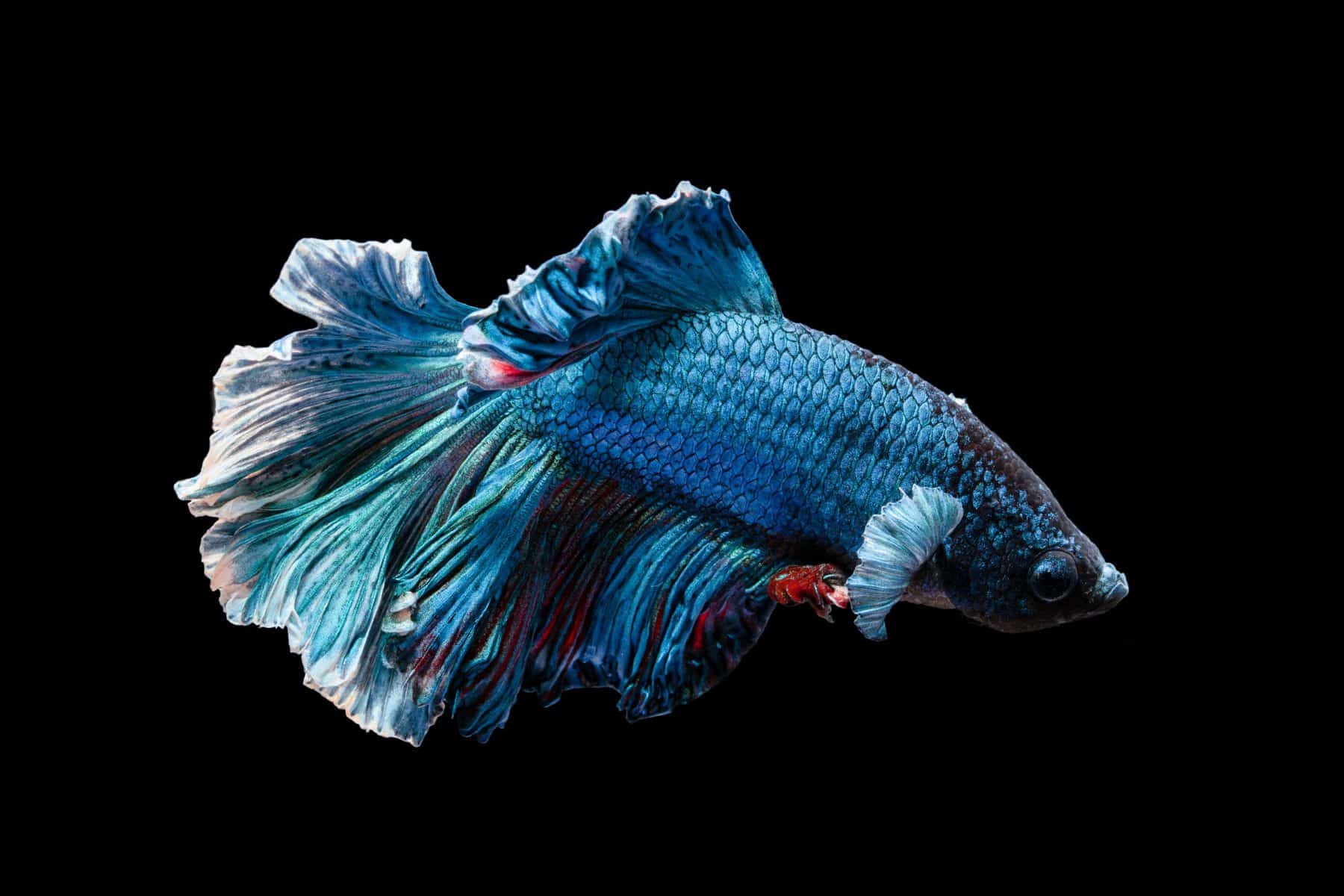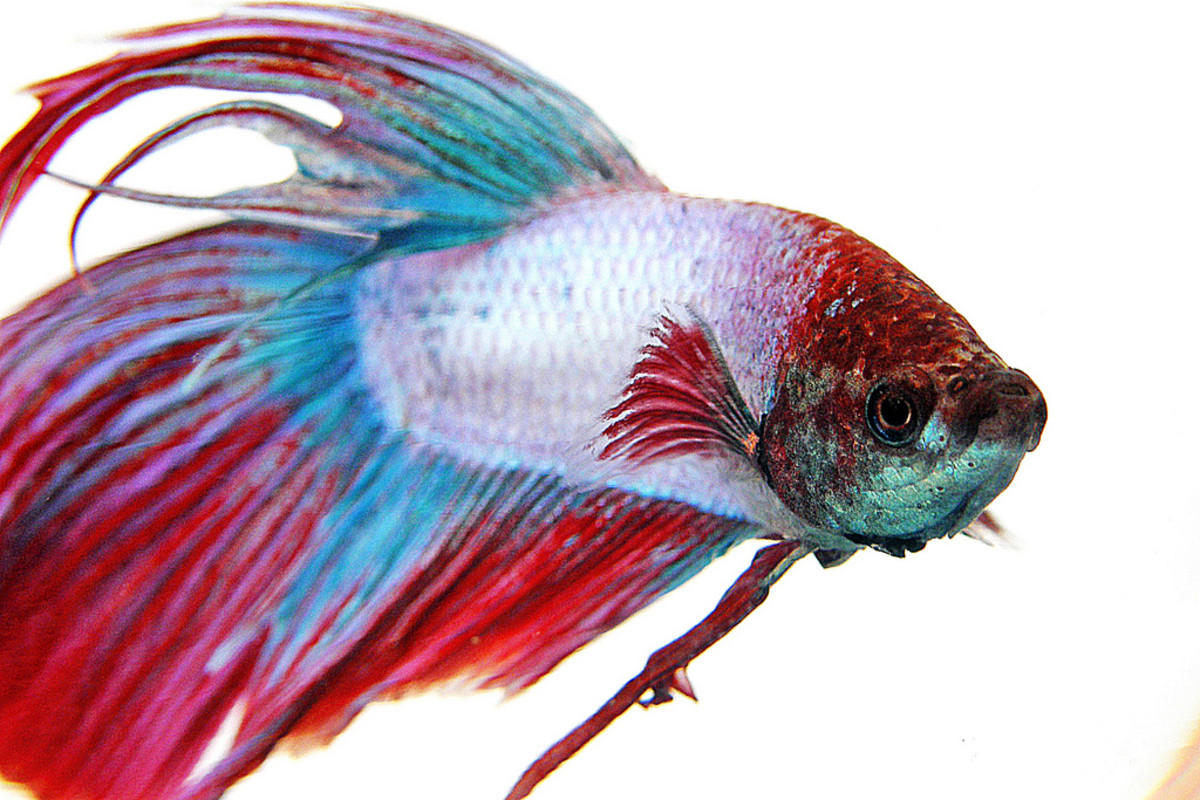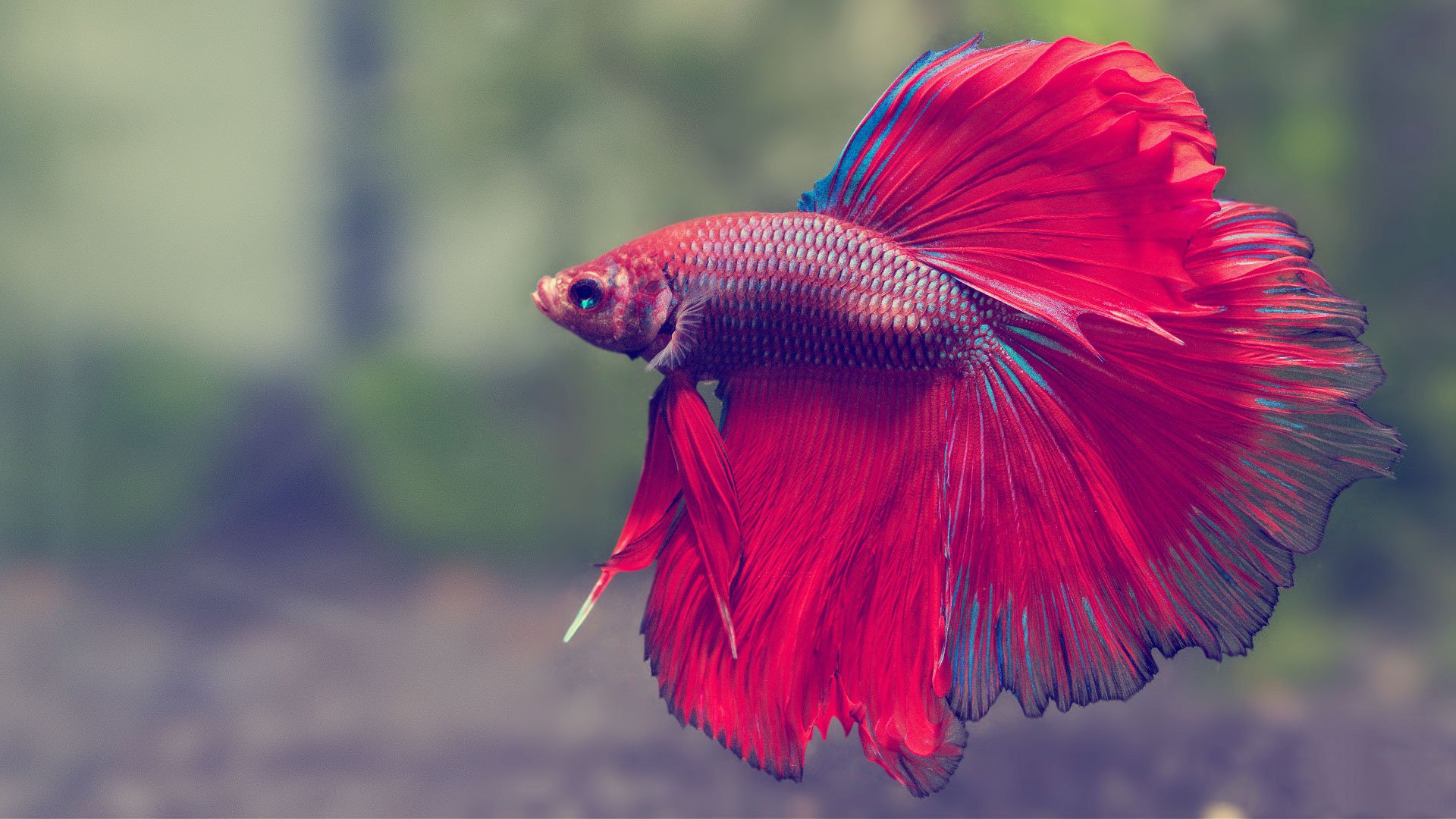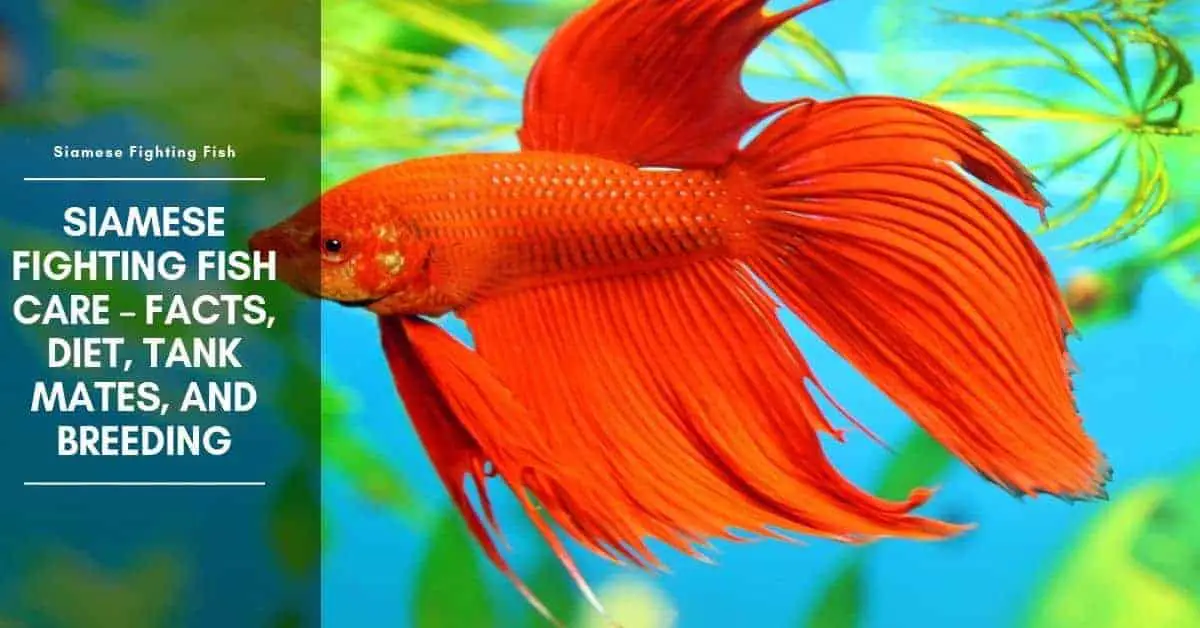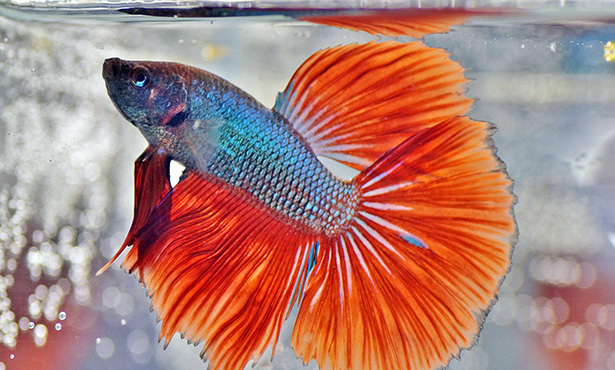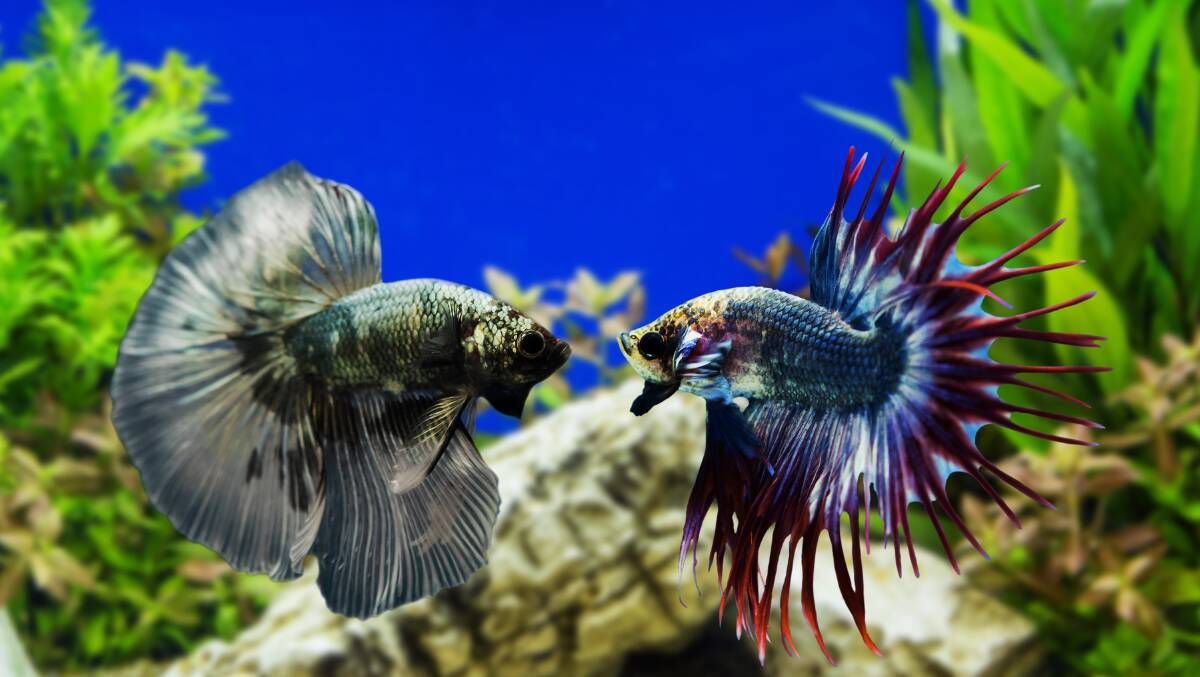Neat Info About How To Take Care Of A Japanese Fighting Fish

Take care japanese fighting fish:
How to take care of a japanese fighting fish. The fighter needs an alternation of light and dark but too intense light is to be avoided, just like direct sun. Keep your japanese fighting fish in the largest tank reasonable for your budget and space. Aquarium lights should be kept on for a maximum.
It won’t turn down larvae that have been frozen or dried out. There’s a general myth among people that bettas are incredibly easy to take care of and require very little space in order to thrive. Start by finding the right location.
Betta fish often enjoy laying on their sides while resting. One of the most common reasons for a betta laying on the bottom of the tank is that it’s sleeping. How to care for a japanese fighting fish (beta fish)
If you have been hypnotised by the sweetness and partaking temperament of betta fish and we expect you wish to have one, here square measure some. Fighting fish should eat a diet that is 40% protein. You say alpha, i say betta!
Place the aquarium away from windows and instead. Never place 2 males, or a male and female in the same tank unless breeding. Indian almond leaves, also known as catappa leaves, are used.
Some experts recommend the use of sponge filters, to protect the fins. It likes to eat alive things, like brine shrimp or essential worms. The tank should be kept out of direct sunlight to inhibit algae growth and excessive heat.
If your betta not moving, have abnormal swimming patterns, or loss of balance this could be bacterial infection, physical injury to the swim bladder from fighting or during. Fighting fish are tropical fish, so a temperature of 24 degrees c is ideal. Avoid jagged rocks or decorations.
Feel free to share any comments, questions or input in the comment section below or on any of the following social media. I hope you found this video helpful! Such decorations can easily tear sensitive betta fins.
How do you keep a fighter fish alive? How to care for siamese fighting fish temperature. Consider a tank divider to house two.

